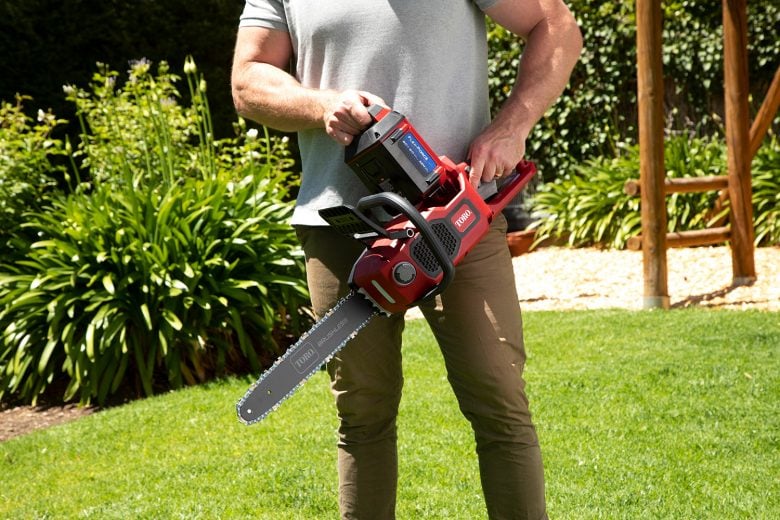Chainsaws are indispensable tools in various industries, from forestry and construction to landscaping and home maintenance. However, like any tool, chainsaws come with their own set of disadvantages and risks that users must be aware of. In this article, we'll delve into the potential drawbacks of chainsaws, providing valuable insights to help users make informed decisions and mitigate risks associated with chainsaw use.
1. Safety Hazards:
- High Risk of Injury: Chainsaws are powerful and potentially dangerous tools that can cause severe injuries if mishandled or used improperly. Accidents such as kickback, chain breaks, and slips can result in lacerations, amputations, or even fatalities.
- Noise and Vibration: Prolonged exposure to the noise and vibration generated by chainsaws can lead to hearing loss, hand-arm vibration syndrome (HAVS), and other musculoskeletal disorders among operators.
2. Environmental Impact:
- Emissions and Pollution: Gasoline-powered chainsaws emit pollutants such as carbon monoxide, hydrocarbons, and nitrogen oxides during operation, contributing to air pollution and environmental degradation. Additionally, the use of fossil fuels for powering chainsaws contributes to greenhouse gas emissions and climate change.
- Habitat Disruption: Clearing land or felling trees with chainsaws can disrupt natural habitats, fragment ecosystems, and threaten biodiversity. Unsustainable logging practices can lead to deforestation, soil erosion, and loss of wildlife habitat.
3. Maintenance and Operating Costs:
- Regular Maintenance: Chainsaws require regular maintenance, including sharpening the chain, lubricating moving parts, and replacing worn-out components. Failure to maintain a chainsaw properly can lead to reduced performance, increased fuel consumption, and premature wear and tear.
- Operating Expenses: The cost of fuel, oil, replacement parts, and maintenance equipment can add up over time, making chainsaw operation expensive, particularly for commercial users or those with high usage rates.
4. Limited Versatility:
- Specific Applications: While chainsaws excel at cutting through wood, they may not be suitable for other tasks such as precision cutting, shaping, or sculpting. Users may need to invest in additional tools or equipment to accomplish diverse tasks effectively.
- Size and Weight: Chainsaws can be bulky, heavy, and unwieldy, particularly larger models designed for professional use. Maneuvering and operating these chainsaws may require significant physical strength and skill, limiting their usability for some individuals.
5. Regulatory Compliance:
- Licensing and Training Requirements: In many jurisdictions, operating a chainsaw may require licensing, certification, or completion of training programs to ensure competency and safety. Failure to comply with regulatory requirements can result in fines, penalties, or legal liabilities.
- Environmental Regulations: Chainsaw use may be subject to environmental regulations aimed at protecting natural resources, wildlife habitats, and endangered species. Users must adhere to these regulations to minimize environmental impact and avoid legal consequences.
Conclusion:
While chainsaws are invaluable tools for a wide range of applications, it's essential to recognize and address their disadvantages to ensure safe, responsible, and sustainable use. By understanding the safety hazards, environmental impact, maintenance costs, versatility limitations, and regulatory requirements associated with chainsaws, users can mitigate risks, minimize negative impacts, and maximize the benefits of chainsaw operation.


